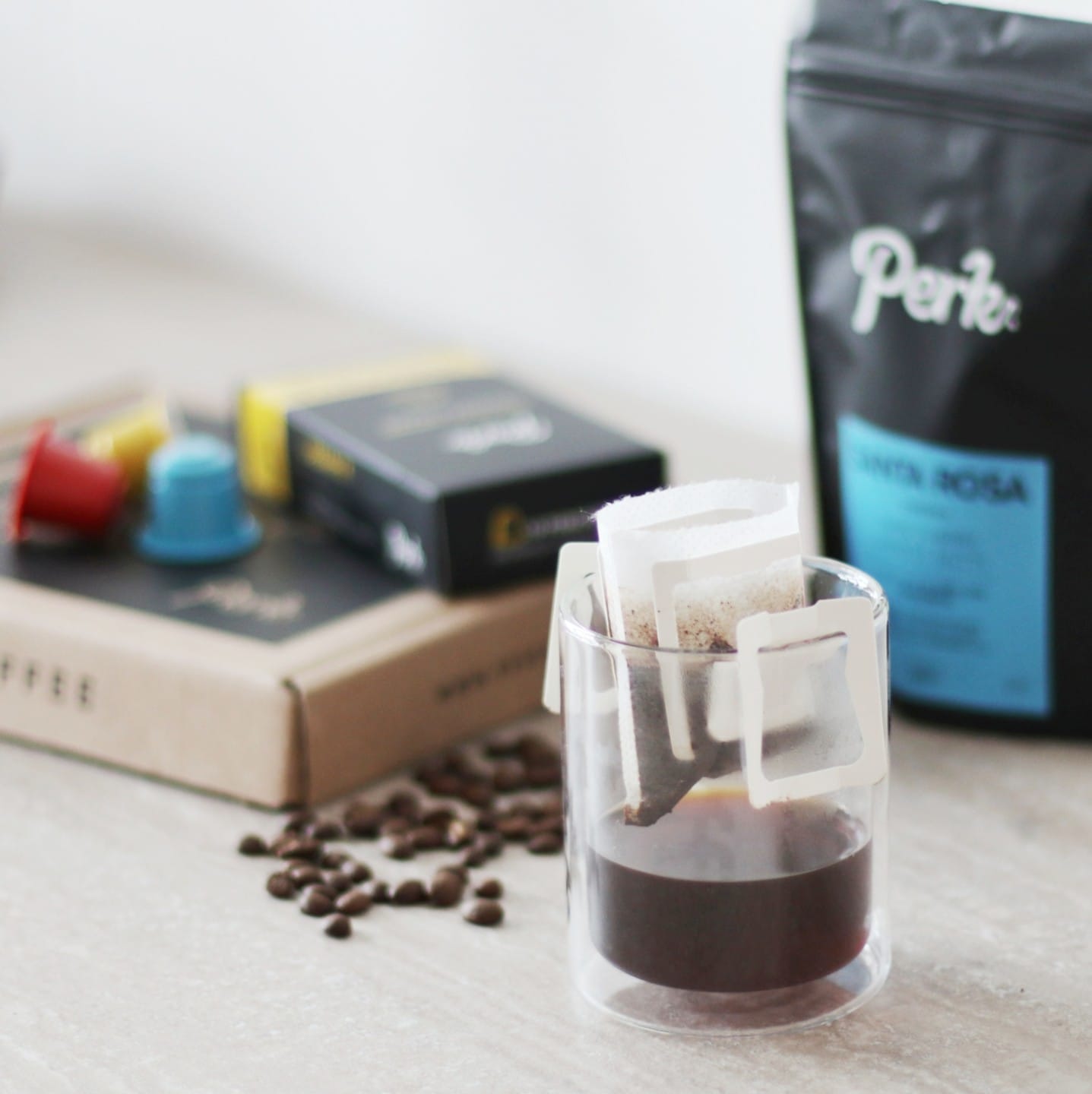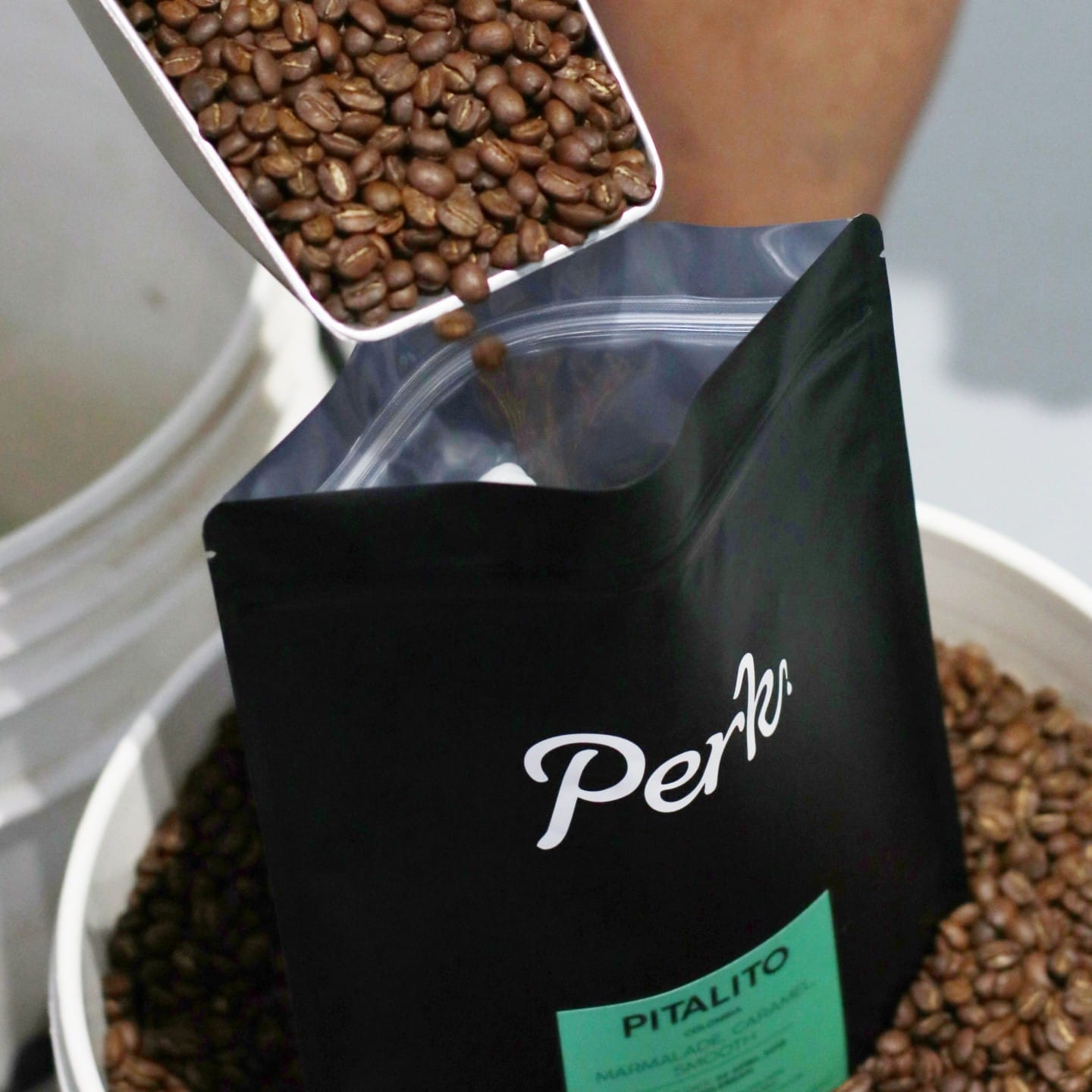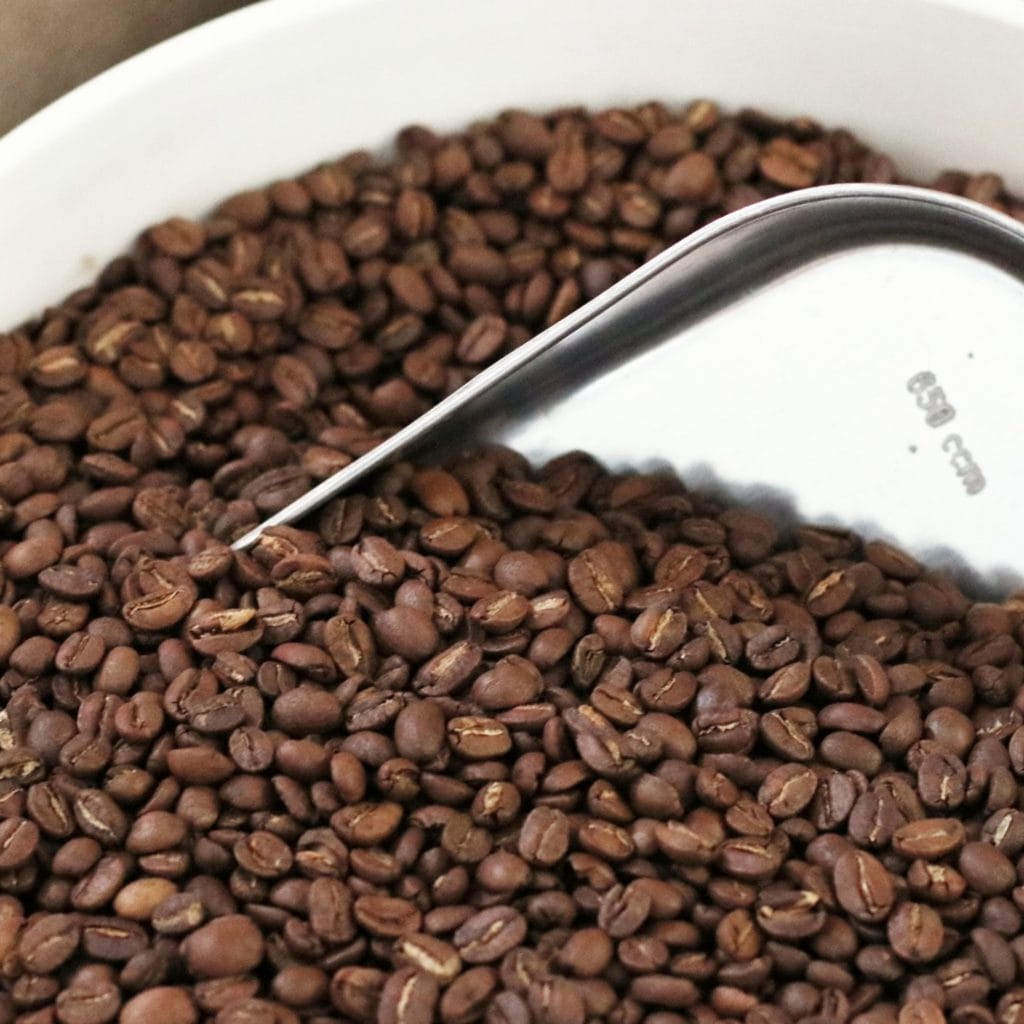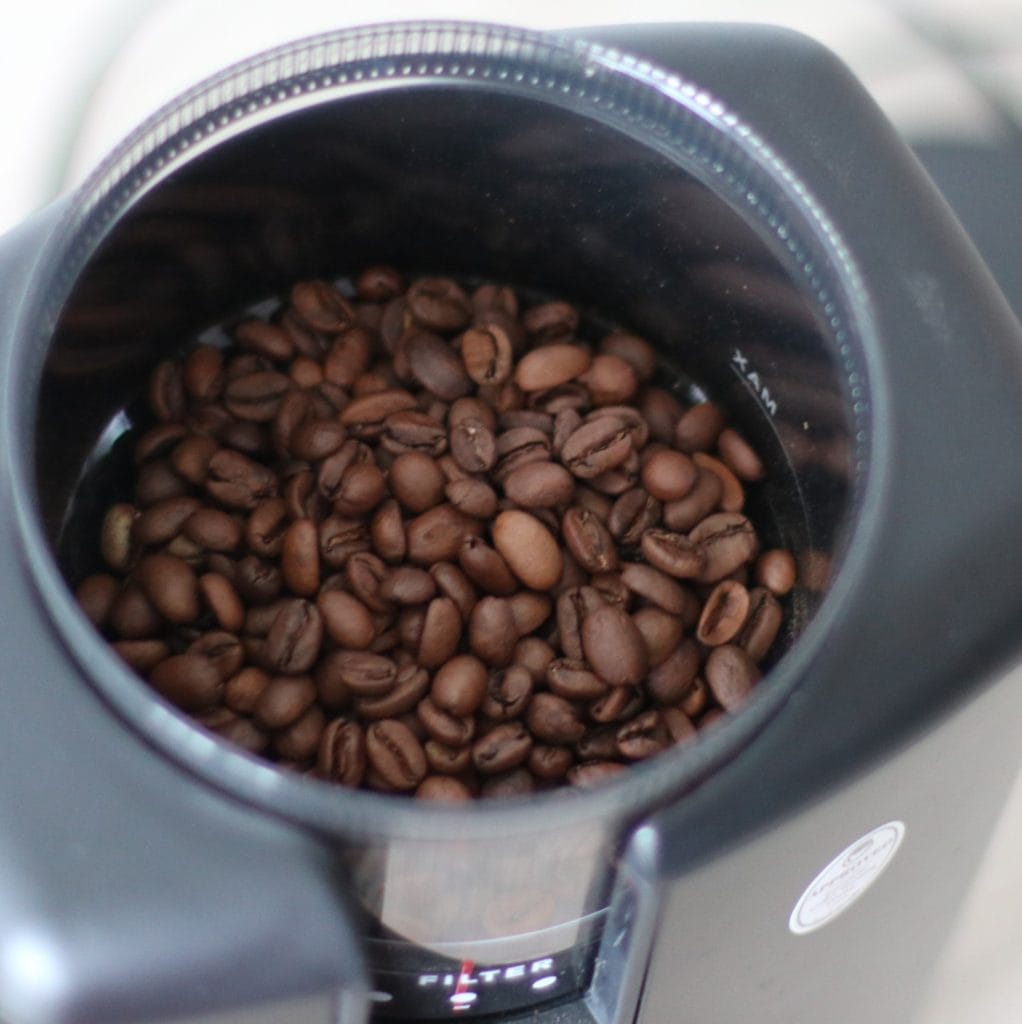Brewing your own coffee at home doesn’t have to be as complicated as you may think. You don’t have to have barista training to make an exquisite brew. You also don’t need an infallible palate to distinguish good quality beans from the sub-par. All you need is a reliable brewer and some basic knowledge like when your coffee beans were roasted. Then you’re good to go.

Whether you like your coffee brewed with a moka pot, aeropress, V60 dripper, french press or a syphon brewer, what truly affects the taste of your coffee depends on several factors. These are:
- your grind size
- brew time
- brewing temperature
- and of course, the star of the show – the beans themselves.
While the roast type can vary based on each drinker’s preference, what separates a winning cup of coffee from one that falls flat is the roast date of the beans.
Why You Should Look at the Roast Date
When it comes to coffee beans, you must consider that this is one of the things that will greatly affect how the brew is going to taste. More importantly, it is the roast of your beans, be it dark, medium or mild roasted. As you will know in your own personal coffee journey, your roast preference can be different from others, and this can also vary depending on the coffee’s origin and blend. However, one thing that a lot of homebrewers forget about is that roast date can also determine the flavour and quality of a coffee.
You can have the best quality coffee right off Blue Mountain, roasted and packed for you by the best coffee connoisseurs, but if your pack of coffee is over 6 months old, the quality is greatly diminished. In effect, your local roaster’s house blend beans roasted a day ago may taste better.
When people think about the quality of coffee, its freshness is often overlooked. What many don’t know is that a lot of things can occur between the time a coffee is roasted and packed until you open it in your home to brew. This is because as soon as the beans have finished roasting, they release carbon dioxide which is replaced with oxygen. This makes the coffee turn stale as time passes.

The Deep Dive: Degassing and Oxidization
Let’s take a closer look at what happens to coffee beans as they finish roasting.
As the coffee beans are being roasted, carbon dioxide is formed. When the roasting process is finished, carbon dioxide begins to be released in what is called degassing. This process lasts around two weeks, and within this stage, many roasters would say that the beans are still too fresh to be consumed. Therefore, many would begin selling their beans only after several days from the roasting date.
The ideal time for the beans to be ready for brewing can still vary based on the beans’ roast profile as well as many external factors such as storage packaging, ambient temperature, humidity and moisture level, to name a few. Many roasters would tell you to wait anywhere between three days to two weeks after the roast date to begin enjoying your coffee.
However, wait longer than that and you run the risk of having stale coffee—thanks to a process called oxidization.
Oxidization is when carbon dioxide in the beans is being replaced by oxygen, thereby negatively affecting the coffee’s flavour, aroma, and overall quality. This is because oxygen reacts with the coffee beans’ oils and soluble compounds, diminishing them so that they will not be as pronounced when compared to a fresher coffee.
Tips for Optimum Quality Coffee
For the best quality coffee where you can clearly taste the flavours and smell the aromas that you have come to love in your preferred beans, there are many factors to consider.
- First, storage is important. Many roasters these days pack their coffee in packs with one-way CO2 valves. The valves allow the beans to degas as the carbon dioxide is released and they make it difficult for oxygen to enter the package and make the beans go stale.
Once you buy a bag of beans, you also must take special care in storing your beans at home. It’s best to store your beans in a vacuum-sealed or an air-tight container away from moisture and direct sunlight. Properly storing your beans this way can make them stay fresh for six to eight weeks.
- Second, buying your coffee as whole beans will help. When you buy your coffee pre-ground, the beans will oxidize faster as soon as you open the package. For optimum taste and aroma, grind your beans just before brewing. Therefore, it’s best to invest in a trusty burr grinder to be used only for coffee beans. We recommend the Wilfa Svart Aroma grinder on our brew gear shop.
- Third, if you’re buying your coffee from the grocery, there is no reliable way of knowing when the beans have been roasted. Those packages may have been sitting there on the shelves for months, with no Roast Date to go by. The best that you can get is a Best By date, which still tells you nothing about the beans’ freshness.
At Perk Coffee, we believe that Coffee tastes best when consumed close to the roast date. This is why we roast every week and have your coffee in the mail to you within 48 hours.
Check out our current selection of coffees now and if you want to learn more about coffee and how to brew, read more on our blog – The Perk!


